
Scotch Regions: The 5 Whisky Producing Regions of Scotland
Scotch whisky, or just Scotch, is whisky produced in Scotland that has global recognition for its exceptional quality and rich heritage.
Whisky is produced in many countries around the world, but in this article I will be discussing Scotch whisky specifically, why Scotch whisky has the reputation it does, some production requirements, the 5 whisky producing regions of Scotland, that region's geography and/or production methods, as well as some of the iconic, or classic distilleries in each region that are producing whiskies that are representative of the style of whisky the region is known for.
Worldwide Significance of Scotch
Scotch whisky holds a significant place in the world of spirits, and whisky in particular for several reasons.
Scotch has a long and storied history that is deeply intertwined with Scottish culture. It has been produced in Scotland for centuries, with records dating back as far as the late 15th century. The traditions and craftsmanship associated with Scotch whisky have been passed down through generations, resulting in a sense of heritage and authenticity.
Due to it's rich history, and heritage, Scotch carries a sense of prestige and craftsmanship that sets it apart from other whiskies and is perceived by many people, right or wrong, as the best whisky in the world.
I think that perception is changing, however, as there are many countries producing exceptional whiskies including Japan, Australia, Ireland, Canada, and the United States, where bourbon is, by far, the number one American whiskey.
Photo courtesy of K B on Unsplash
Scotch whisky's significance is also reflected in its economic impact. The whisky industry plays a vital role in Scotland's economy, providing employment opportunities and contributing to the country's exports. Scotch whisky is highly sought after globally, with enthusiasts and collectors around the world appreciating its quality and craftsmanship. The industry's success has led to the establishment of numerous distilleries, whisky festivals, and tourism initiatives, further solidifying its significance in the spirits realm.
Scotch whisky stands as a symbol of craftsmanship, regional diversity, and cultural heritage. Its exceptional quality, distinct regional expressions, and economic impact have elevated Scotch whisky to a prominent position in the world of spirits, making it a beloved and celebrated drink among whisky enthusiasts and connoisseurs worldwide.
Legal Requirements for Whisky to be Scotch
The production of Scotch whisky involves a meticulous process that encompasses malting, fermentation, distillation, and maturation in oak casks for a minimum of three years. This attention to detail and the adherence to time-honored methods result in a spirit that is highly regarded for its complexity, depth of flavour, and exceptional quality.
U.K. government rules governing the production of Scotch are extensive, and too involved to discuss them all here. The main requirements are:
- The spirit must be distilled by a distillery in Scotland from only water, barley (plus other whole grains and cereals) and yeast
- No flavourings or sweeteners are permitted
- The spirit has to be matured in oak casks in Scotland for at least 3 years
- The final product must have an ABV (Alcohol by Volume) of less than 94.8%
- It must be bottled at no less than 40% ABV
These are just the minimum requirements. Additionally, there are several sub-categories, including:
- Single Malt Scotch Whisky
- Single Grain Scotch Whisky
- Blended Malt Scotch Whisky
- Blended Grain Scotch Whisky
- Blended Scotch Whisky
Single Malt and Single Grain Scotch Whisky each have additional requirements.
Scotch distilleries will experiment with different mash bills, blending recipes and ratios (for blended Scotch), barrel finishes (bourbon and sherry cask finishes are very common), and more.
More detailed guidance for the production of Scotch can be found at scotch-whisky.org.uk.
5 Distinct Regions
One thing that sets Scotch apart from whisky from other countries is its regional diversity. Scotland is divided into five main whisky regions: Lowland, Highland, Speyside, Islay, and Campbeltown. Each region has its distinct characteristics, including variations in climate, water sources, and production techniques, leading to a wide array of flavour profiles and styles.
This regional diversity in water sources, geography, production techniques, and more results in whiskies with a range of flavours and aromas, from light and floral expressions to robust, peaty, and smokey ones, catering to diverse palates and preferences in a way that whisky from other countries cannot match.
Embarking on a journey through Scotland's five distinctive whisky regions reveals a mesmerizing tapestry of flavours and styles, each bearing the mark of its unique heritage and terroir. From the Lowland to the Highland, Speyside to Islay, and Campbeltown regions, let's uncover the diverse spectrum of whisky expressions available from Scotland.
Lowland
Located in the southern part of Scotland, the Lowland region is known for producing lighter and more delicate whiskies. The whiskies from this region are often characterized by their subtle flavours, floral notes, and gentle sweetness.
Lowland whiskies embody elegance and subtlety. Delicate floral notes dance with hints of citrus and freshly cut grass, offering a refreshing and gentle experience that captivates the senses. Here, the whiskies showcase finesse and grace, presenting a lighter and more approachable side of Scotch whisky.
Traditionally, Lowland whiskies were triple distilled, which contributed to their smooth and mellow character. However, today, some distilleries in the Lowlands use double distillation methods.
Geographical Characteristics: The Lowland region is located in the southern part of Scotland and is known for its relatively flat and fertile landscape.
Whisky Production Style: Lowland whiskies are typically triple distilled, resulting in a lighter and smoother spirit. They often exhibit floral, grassy, and citrusy notes.
Notable Distilleries: Auchentoshan and Glenkinchie are prominent Lowland distilleries, known for their gentle and approachable whiskies.
Read more about Lowland Scotch Whisky.
Highland
Covering a vast area in the northern part of Scotland, the Highland region is the largest whisky-producing region. Due to the expansive nature of the region, there is significant variation in flavour profiles and production techniques across different distilleries.
Highland whiskies offer a playground of flavours. From fruity expressions reminiscent of orchard fruits and berries to malt-driven profiles with whispers of smoke, the whiskies of the Highland region span a wide spectrum.
Highland whiskies embody complexity, depth, and a sense of exploration, mirroring the region's diverse terrain, and they often exhibit a balanced combination of maltiness, fruitiness, and subtle smokiness.
Geographical Characteristics: The Highland region is the largest whisky-producing region in Scotland, encompassing diverse landscapes ranging from mountains to coastal areas.
Whisky Production Methods: Highland whiskies can vary significantly in their production methods, leading to a wide range of flavours and styles. They often showcase complexity and can exhibit fruity, malty, and sometimes smoky characteristics.
Notable Distilleries: Dalmore, Glenmorangie, and Oban are esteemed Highland distilleries, each contributing to the region's rich and varied whisky offerings.
Speyside
Located within the Highlands region, Speyside is considered the heartland of Scotch whisky production. It is home to the highest concentration of distilleries in Scotland.
Speyside whiskies exhibit an exceptional balance of sweetness and spice, with notes of honey, ripe fruits, and warming spices that captivate the palate. The region's iconic distilleries craft whiskies with meticulous care, ensuring each expression delivers an intricate tapestry of flavours. Many of the world's most famous and beloved Scotch whisky brands originate from Speyside.
Due to their approachable nature, Speyside whiskies are a good starting point for first time Scotch drinkers looking for a place to start.
Reputation as the Heartland of Whisky: Speyside is known as the heartland of Scotch whisky production, with the highest concentration of distilleries in Scotland.
Whisky Production Techniques: Speyside distilleries often use traditional production methods, including the use of copper pot stills and a preference for ex-Sherry casks for maturation. They produce a wide range of whiskies, from light and floral to rich and complex expressions.
Notable Distilleries: Glenfiddich, Macallan, and Balvenie are iconic Speyside distilleries, celebrated for their exceptional craftsmanship and a diverse range of whiskies.
Islay
Situated on the west coast of Scotland, the island of Islay (pronounced eye-luh) is renowned for producing heavily peated and smoky whiskies. The island's unique climate, abundant peat bogs, and coastal influence contribute to the robust and powerful flavours found in Islay whiskies.
Islay whiskies are synonymous with peat and smoke, offering a unique and unforgettable experience often described as medicinal and briny to earthy and smoky. From briny seaweed and medicinal hints to the unmistakable aroma of peat smoke, these whiskies evoke the rugged coastal landscapes of the island. Islay's expressions are bold, robust, and celebrated for their captivating intensity.
Unique Characteristics: Islay whiskies are renowned for their peaty, smoky, and robust flavour profiles. The whiskies often exhibit a strong maritime influence, with briny and seaweed-like notes.
Peat-Driven Whisky Production: Islay distilleries use peat in the malting process, resulting in the distinct smoky and peaty characteristics associated with the region.
Notable Distilleries: Ardbeg, Laphroaig, and Lagavulin are iconic Islay distilleries, known for their intensely peaty and smoky expressions that have garnered a devoted following.
Campbeltown
Located on the Kintyre Peninsula in southwestern Scotland, Campbeltown was once a bustling whisky-producing region with as many as 30 distilleries. At one time it claimed the title of “Whisky Capital of the World,” but after years of decline has only 3 active distilleries.
With a maritime influence, Campbeltown whiskies exude flavours of sea salt, brine, and a touch of smoke. The whiskies possess a rich and oily texture, enveloping the palate with complexity and depth. Campbeltown whiskies offer a fascinating interplay of flavours, reflecting the region's heritage and coastal surroundings giving them a character often referred to as the "Campbeltown funk."
Historical Significance: Campbeltown has a rich distilling heritage and was once considered the "Whisky Capital of the World."
Distinctive Characteristics: Campbeltown whiskies often exhibit a maritime influence, with briny and salty notes. They possess a subtle smokiness and a rich, oily texture, resulting in a complex and well-rounded whisky.
Notable Distilleries: Springbank, Glen Scotia, and Glengyle (bottled under the name Kilkerran) are currently the only operating Campbeltown distilleries, each contributing to the region's whisky legacy with their unique expressions.
A Scotch that Appeals to Every Whisky Drinker, Even Bourbon Lovers
These five Scotch whisky regions showcase the incredible diversity and craftsmanship that define the world of Scotch whisky. From the delicate and light Lowland whiskies to the peaty and smoky Islay expressions, whisky drinkers have the opportunity to explore a wide range of flavours, styles, and regional characteristics. Each region has its own story to tell, making the exploration of Scotch whisky an exciting journey through the distinct landscapes and traditions of Scotland.
It's amazing that you can have so much variety in one product, from the light and floral Lowland or Speyside whiskies to the smoke-heavy and peaty Islay whiskies. Many people don't know that within the Highlands region alone you have distilleries producing heavily peated, smoky whiskies, similar to those from Islay, to much more approachable light and floral whiskies, similar to those from Speyside.
Bourbon vs. Scotch
I follow a number of whisky groups on Facebook and I've seen bourbon lovers say how much they "hate Scotch, it tastes like..." I think those who love whisky, but 'hate' Scotch just haven't discovered the Scotch they like yet. There is so much variety among Scotch distillery water sources, environment, and production methods that even Scotch lovers do not like all Scotch.
There are a number of requirements for a whisky to be called bourbon, but 2 of them affect the flavour profile more than others. First, bourbon must be produced from at least 51% corn, and second, it must be aged in new oak containers. These two requirements mean that all bourbons are going to have similar flavour profiles - notes of vanilla, caramel, and oak. They also tend to be sweeter than other whiskies that aren't produced from corn.
I'm not saying all bourbon tastes the same, not at all. Wheated bourbons will be sweeter and softer while a high rye bourbon will be spicier. A distillery's aging environment and water source, the length of time in the barrel, where the barrel is aged in the rickhouse, and blended vs. single cask whiskies are all different. However, all bourbon is produced using a similar process and recipe so it is inevitable that all bourbon will have some similarities, and not have the variety in flavour profiles that you see in Scotch.
Some of the Lowland and Speyside whiskies, and some of the Highland expressions will be sweeter, and more approachable than Islay or Cambelltown whiskies. Some are matured in ex-bourbon, or ex-sherry casks making them more appealing to a bourbon drinker.
Where Does the Bourbon Lover Begin?
For those new to Scotch, I would recommend starting with some lighter expressions from Highland, Lowland, or Speyside, as they are the most approachable for your first venture into Scotch. Below are the my recommendations for those exploring Scotch for the first time.
The Balvenie Doublewood
The first single malt Scotch I really enjoyed was The Balvenie Doublewood. This 12 year old expression is aged in American oak casks, then finished in Europen oak sherry casks for an additional 9 months which adds complexity, sweetness, and fruitiness making this Scotch a great choice for the first-time Scotch drinker.
Region: Speyside
Nose: Sweet fruit and Oloroso sherry with notes of honey and vanilla
Taste: Smooth and mellow with a nutty sweetness, spicy cinnamon, and sherry
Finish: Long and warming
The Glendronach 12 Year Old
The Glendronach 12 year old is a sherried single malt, aged in Spanish Pedro Ximenez and Oloroso sherry casks giving it a deep amber hue and a subtle sherry sweetness.
Region: Highland
Nose: Sherried fruit with smooth chocolate, gingerbread, and sun-dried raisins
Taste: Soft with toffee, orange, sultanas, and warming spice
Finish: Medium and chewy with oak and baking spice
Do your research. There are countless resources and reviews available online to find the style of Scotch you might like. If you live in a larger city you may be able to find a whisky event to go to where you can sample without making the commitment to buy a bottle you may not enjoy.
Talk to the people at your local liquor store - they might have some recommendations. Once you’ve found something you like, that will give you an idea of where to go next. If you have found some Speyside Scotch that you like, and you're looking for something different, move on to some lighter expressions from Highland and Cambeltown. If you like those and are looking for something with more peat and smoke, give some of the Islay offerings a try.
The varying climate, terroir, and distillation techniques employed by the various Scotch distilleries produce an incredibly varied range of flavours and styles and I’m sure you'll find a Scotch you'll love.


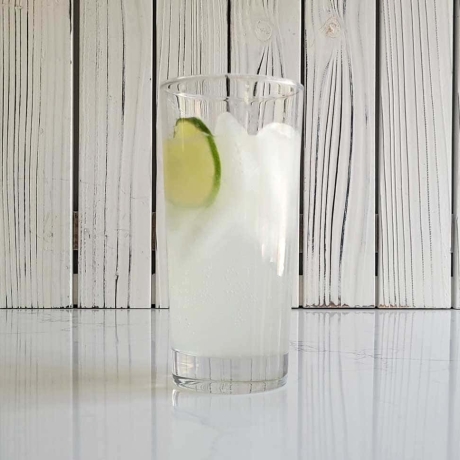
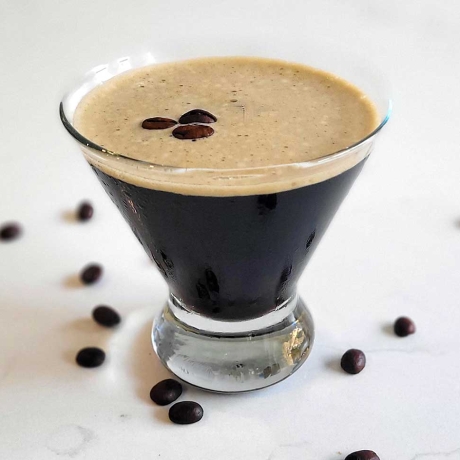


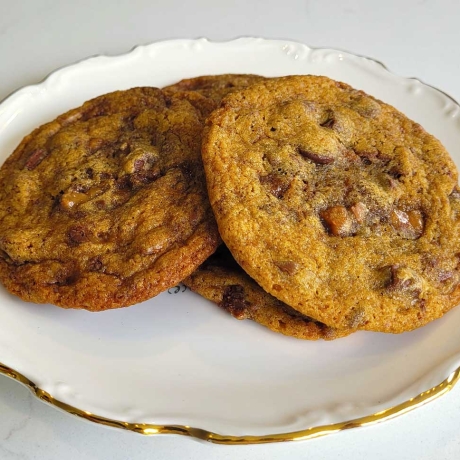

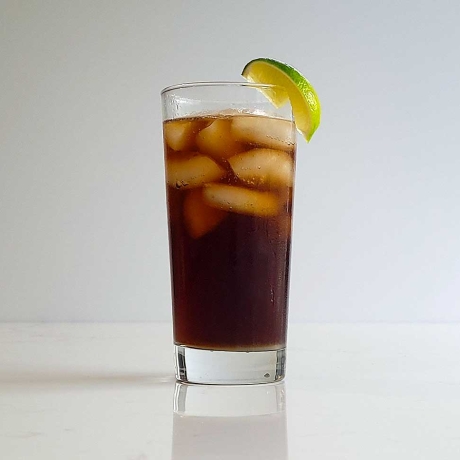
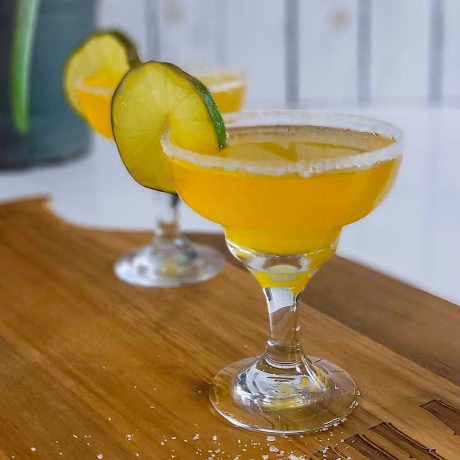
Comments
Be the first to leave a comment.